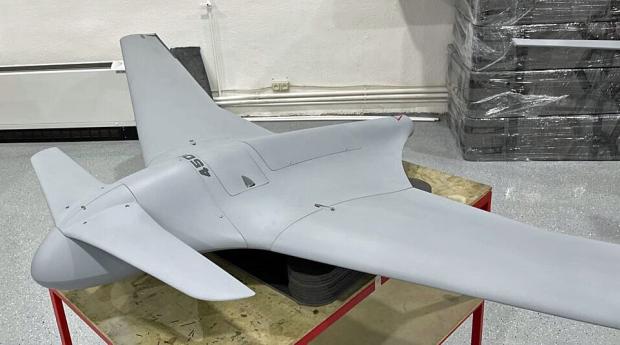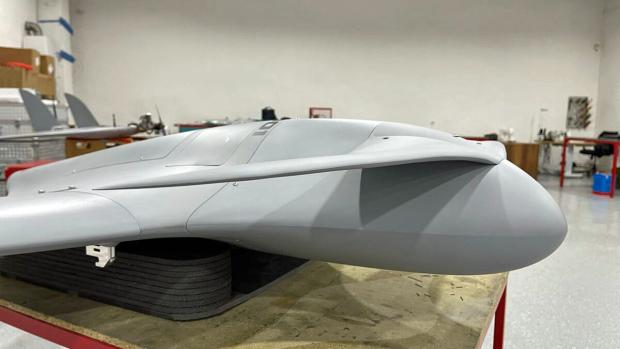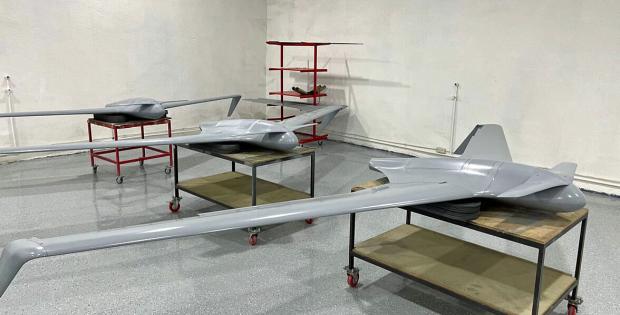Aerodynamics of the Armenian UL-450 Canard Flying Wing



The science of aerodynamics is a STEM subject that is fascinating to study. Aerodynamics is part of a branch of physics called fluid dynamics, which is about studying liquids and gases that are moving, and how the mass of the moving gases can impart lift to a wing. Traditional aerodynamics taught over the last century focused on pressure differentials based on the proximity of air molecules flowing over and under a wing, the effects of which imparted lift to wings, but in more recent decades the study of aerodynamics has shifted to an emphasis on fluid dynamics. However, the two approaches, though sometimes inspiring lively debate among aerodynamicists, are complementary.
Flying wing planforms with elements of a blended-wing-body are efficient designs for maximizing the size of payloads that can be carried in flight with a given wingspan. Flying wings also offer reduced drag compared with conventional cruciform aircraft designs. However, the classic flying wing lacks the pitch stability generated by the draggy “tail feathers” of conventional airplanes, and one way to compensate is to use a canard wing for heightened pitch control. This configuration can be seen in the Armenian UL-450 flying wing, which is reportedly for use by the Armenian army’s reconnaissance division. Designed by the Armenia UAV Lab, the UL-450 has been exhibited at local and international trade shows. Click here for more information on this interesting design.
Our thanks to Robin E. Alexander, President ATC, alexander technical[at]gmail[dot]com, for her assistance with this report.
